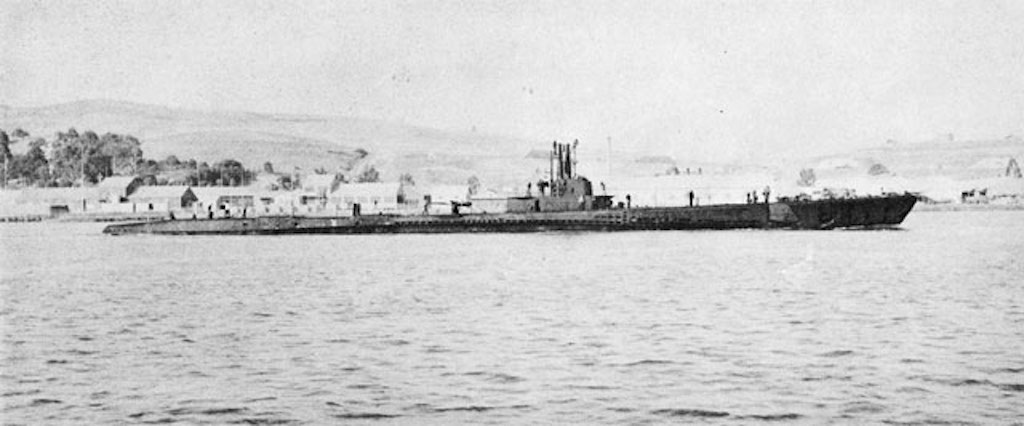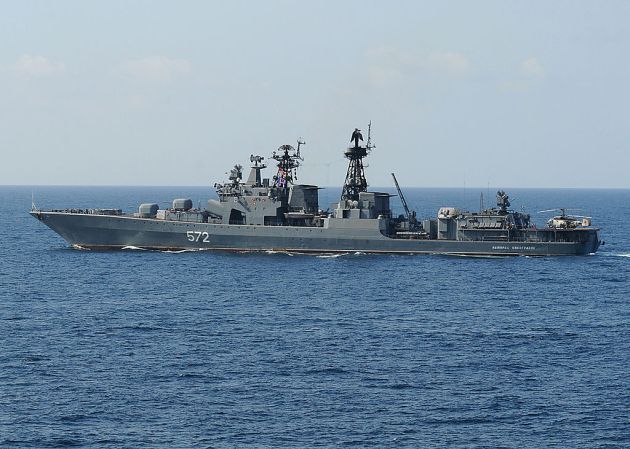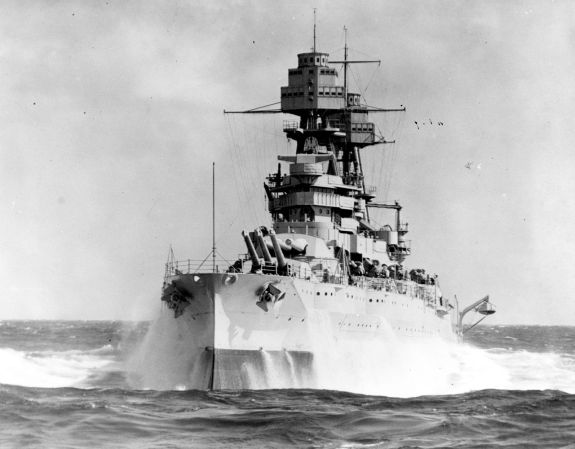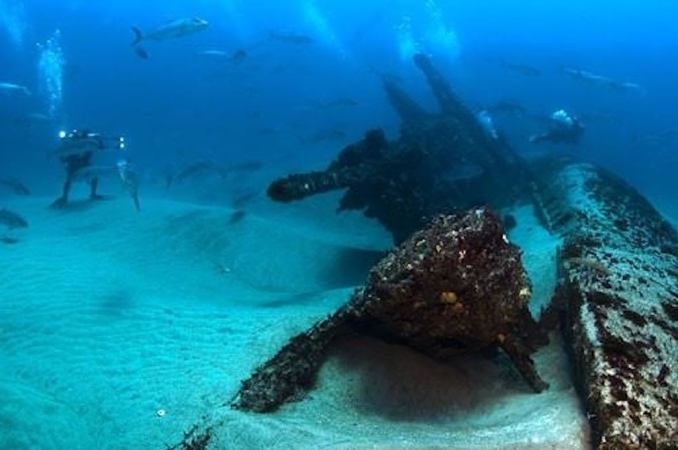
The Defense Advanced Research Projects agency’s drone submarine hunter — more properly known as the Anti-Submarine Warfare Continuous Trail Unmanned Vessel or ACTUV — just successfully tested a new piece of equipment that dramatically increases the range of its sensors and communications gear.
The ACTUV is designed to patrol the oceans without a human crew, searching for potentially hostile submarines and then following them. But the small vessels have a limited sensor range since all of their antennas are relatively close to the water’s surface. Getting these antennas and sensors higher would give the ship a larger detection radius.
The TALONS — Towed Airborne Lift of Naval Systems — is basically a parachute towed behind a vessel like what would carry a tourist on a parasailing trip. But instead of flying your drunk Uncle Greg, the TALONS sports a sensor and antenna payload of up to 150 pounds. This raises those sensors to altitudes between 500 and 1,000 feet above sea level.
A DARPA press release detailed the gains in sensor range:
While aloft, TALONS demonstrated significant improvements to the range of the sensors and radios it carried compared to mounting them directly on a surface vessel. For example, TALONS’ surface-track radar extended its range by 500 percent—six times—compared to its range at sea level. Its electro-optical/infrared scanner doubled its observed discrimination range. The TALONS team plugged in a commercial handheld omnidirectional radio; that radio’s range more than tripled.
Ships besides the ACTUV could use the TALONS to extend their sensor ranges as well. Even carrier islands sit just a few hundred feet above the waterline, meaning that carriers could get greater range for their sensors by towing the lighter ones on the TALONS — provided that engineers could find a setup that wouldn’t interfere with aircraft traffic.










